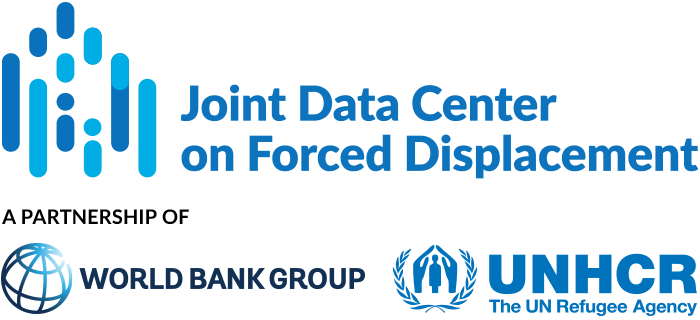JDC Literature Review
The JDC literature review contains summaries of recent publications and academic scholarship on issues relating to forced displacement.
When is Return Voluntary? Conditions of Asylum in Lebanon
Many refugees face physical, psychological or material ‘push factors’ arising from the lack of legal status. A key factor is refugees’ legal status in host countries. In Lebanon, 80 percent of Syrian refugees lack residency documents, which is a criminal offence, and...
The Economic Effects of Refugee Return
This paper explores whether it is in the economic self-interest of advanced countries to return forcibly displaced persons. Voluntary returns from rich countries to poor countries are rare; in most cases voluntary returns are unrealistic due to continued insecurity in...
Surviving Firms of the Syrian Arab Republic: A Rapid Assessment
This paper details the results from a comprehensive survey of private firms in Syria (in Aleppo, Homs, Hama, Latakia, and Damascus) and provides some interesting insights into the impact of forced displacement on private enterprises. The survey highlights the major...
The Wages of War: Learning from How Syrians Have Adapted their Livelihoods through Seven Years of Conflict
This study explores why some Syrians have been able to adapt their livelihoods during conflict. Protracted conflict has had widespread impacts on people inside Syria: violent incidents causing property destruction, injuries and death occur on average twice per week;...
How Migration to Europe Affects Those Left Behind
Families are frequently separated as a result of migration and displacement from the Middle East to Europe. Migrants often underestimate the time needed to reach their destination and for their asylum claim to be processed, and there is limited planning for those left...
A Gravity Model Analysis of Forced Displacement in Colombia
This article analyzes flows of internally displaced people (IDPs) in Colombia between 1986 and 2015 to identify some of the main factors associated with IDPs’ choice of destination. The authors make use of gravity models to examine the correlation between an IDP’s...
The Migration of Fear: An Analysis of Migration Choices of Syrian Refugees
This study explores the relationship between refugees’ experiences of violence and their decisions to flee Syria, as well as the factors influencing their intentions to return or migrate elsewhere. The analysis is based on three waves of the Survey on Syrian Refugees...
Refugees’ Self-selection into Europe: Who Migrates Where?
About 1.4 million refugees and irregular migrants arrived in Europe in 2015 and 2016. The authors model how refugees and irregular migrants are self-selected in terms of their skills and demographic characteristics. The authors provide the first large-scale evidence...
Civilian Resettlement Patterns in Civil War
The predominant approach to forced displacement draws on the ‘push-pull’ model from migration studies, which reasons that the displaced, like migrants, compare the conditions in their home community (security, economic conditions) with those elsewhere when deciding...
Motivation and Opportunity for Conflict-Induced Migration: An Analysis of Syrian Migration Timing
The author examines the timing of conflict-induced migration and why some individuals leave their homes earlier than others. The author reviews the existing research that emphasizes the role of violence in driving civilian migration decisions (either directly by...


